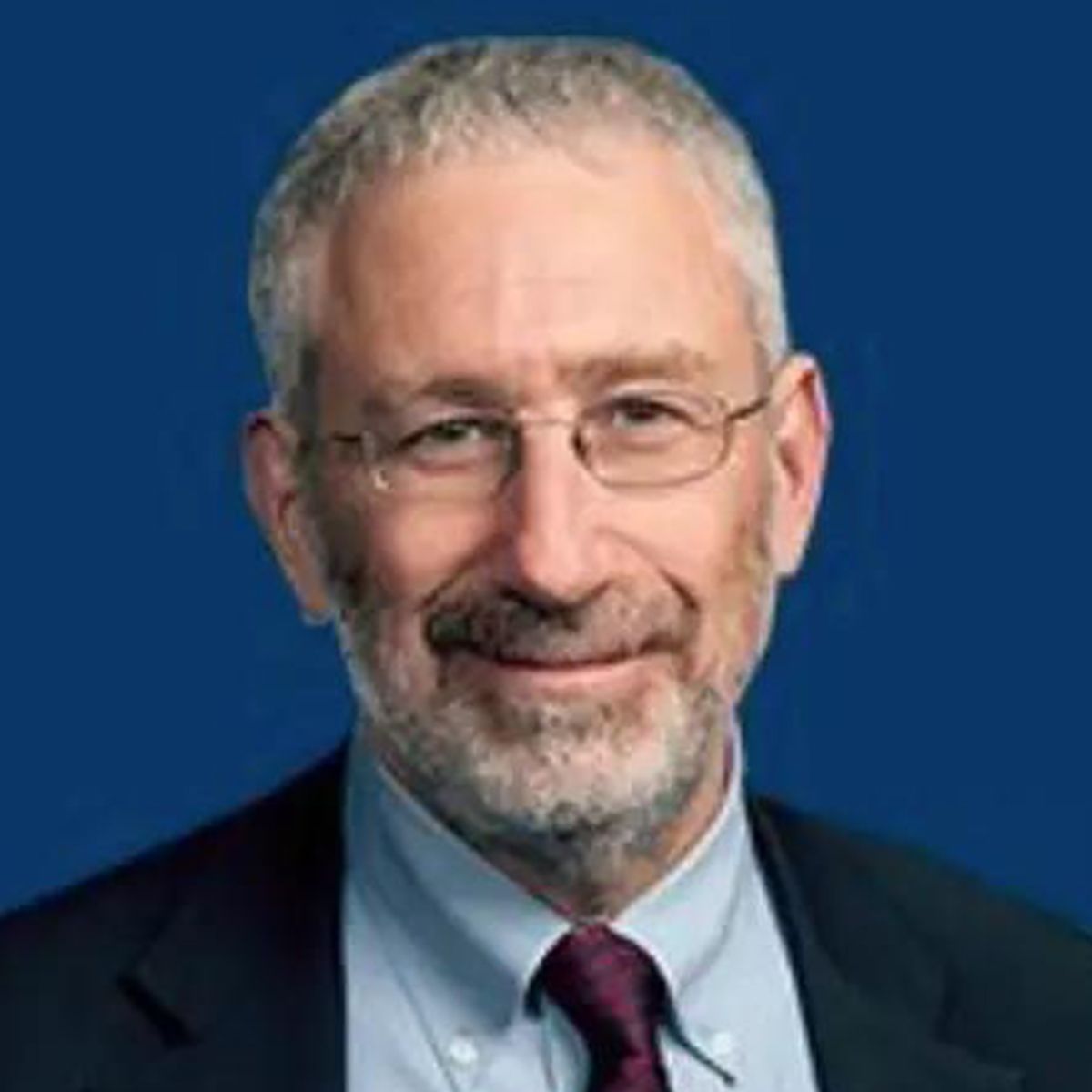Video
Examining the Promise of Multicancer Early Detection Tests: Research Efforts Under Way
Author(s):
In this second episode of OncChats: Examining the Promise of Multicancer Early Detection Tests, Toufic A. Kachaamy, MD, Madappa Kundranda, MD, PhD, and Niloy Jewel J. Samadder, MD, discuss some of the challenges faced with randomized control trials and 2 efforts underway that are slated to provide revelatory data on these assays.
In this second episode of OncChats: Examining the Promise of Multicancer Early Detection Tests, Toufic A. Kachaamy, MD, of City of Hope, Madappa Kundranda, MD, PhD, of Banner MD Anderson Cancer Center, and Niloy Jewel J. Samadder, MD, of Mayo Clinic, discuss some of the challenges faced with randomized control trials (RCTs) and 2 efforts underway that are slated to provide revelatory data on these assays.
Kachaamy: Before I jump to my next question on this, one of the challenges that we are seeing in cancer screening [is that] it takes a lot of time to get the results of RCTs. Often, the technology changes by the time you get the results of the RCTs. We keep chasing ourselves and say, “Yeah, that technology didn’t work as well as we wanted.” And so, we are often now relying on markers, or some other outcome to assess [these approaches]. Can you comment on that? Ideally, we want to see RCT [data for] everything, but with the technology that’s [always rapidly] changing, how can we overcome that barrier?
Samadder: That’s a great question, especially in this [era of] evolving technology [with] circulating tumor DNA [ctDNA], where the ability to detect even smaller amounts of ctDNA and refining the AI algorithms is continuously occurring. Ultimately, what will be needed is an approach like oncologists have [turned] to. Instead of doing the typical phase 3 RCT, [we need] to [do] umbrella-type basket trials, where patients can be enrolled with a certain phenotype and go into different trials [that are] all longitudinally occurring and have common end points. For example, what I mean by this is we will have to have an RCT, ultimately, about multicancer early detection. We can have surrogate markers in that, and an interim analysis conducted such that we [can] identify whether there’s a better product, or a better technology, or a better AI algorithm, that can be implemented into the trial going forward. Or, if the analysis [of] the initial type of assay works, we would make an assumption that it [may] also work in a more advanced or refined product.
As it stands right now, one of the critiques of the multicancer early detection space is that the large RCTs that we’re talking about, are really just starting. The two major ones that we talked about are the National Health System [NHS] study [NCT04241796] that is being done with a multicancer early detection test by GRAIL called Galleri. That has launched in the United Kingdom and has now completed or nearly completed recruitment of 200,000 patients. We’ll plan to follow those patients within the NHS for the next 5 years. One of the benefits of the NHS is obviously all of the care is delivered within a publicly-funded health system. In theory, we can then identify if any patient develops a cancer, what their treatment is, what their ultimate outcome is, and what diagnostic tests were required to ultimately make that diagnosis of cancer based on a positive blood test.
The other RCT that has not [yet] launched [but] will be at that scale is called the Vanguard trial. This will be conducted in the United States and funded by the National Cancer Institute. The feasibility portion of that trial will launch, we assume in the first quarter of 2024, amongst 10 centers in the United States; that will enroll 20,000 patients [who will be] randomized to standard-of-care cancer screening vs multicancer early detection. But that smaller 20,000-[participant] trial is really [being done] just to understand what the logistics [are] of running such studies. How often do you get a positive result? When you have a positive result, what are the algorithms of care you need to identify whether there’s a cancer? How many positive cancers [are] there, so a sort of positive predictive rate? What are the implications for patients’ life health insurance? Ultimately, that 20,000-person feasibility study will roll into a larger 200,000-plus person study in the United States over the next several years.
So [there is] much more to come, but to your point, these products are already on the market, people are asking about them, and viewers of this video will have to educate themselves and educate their patients about how to utilize this [kind of] product.
Check back on Wednesday for the next episode in this series.









